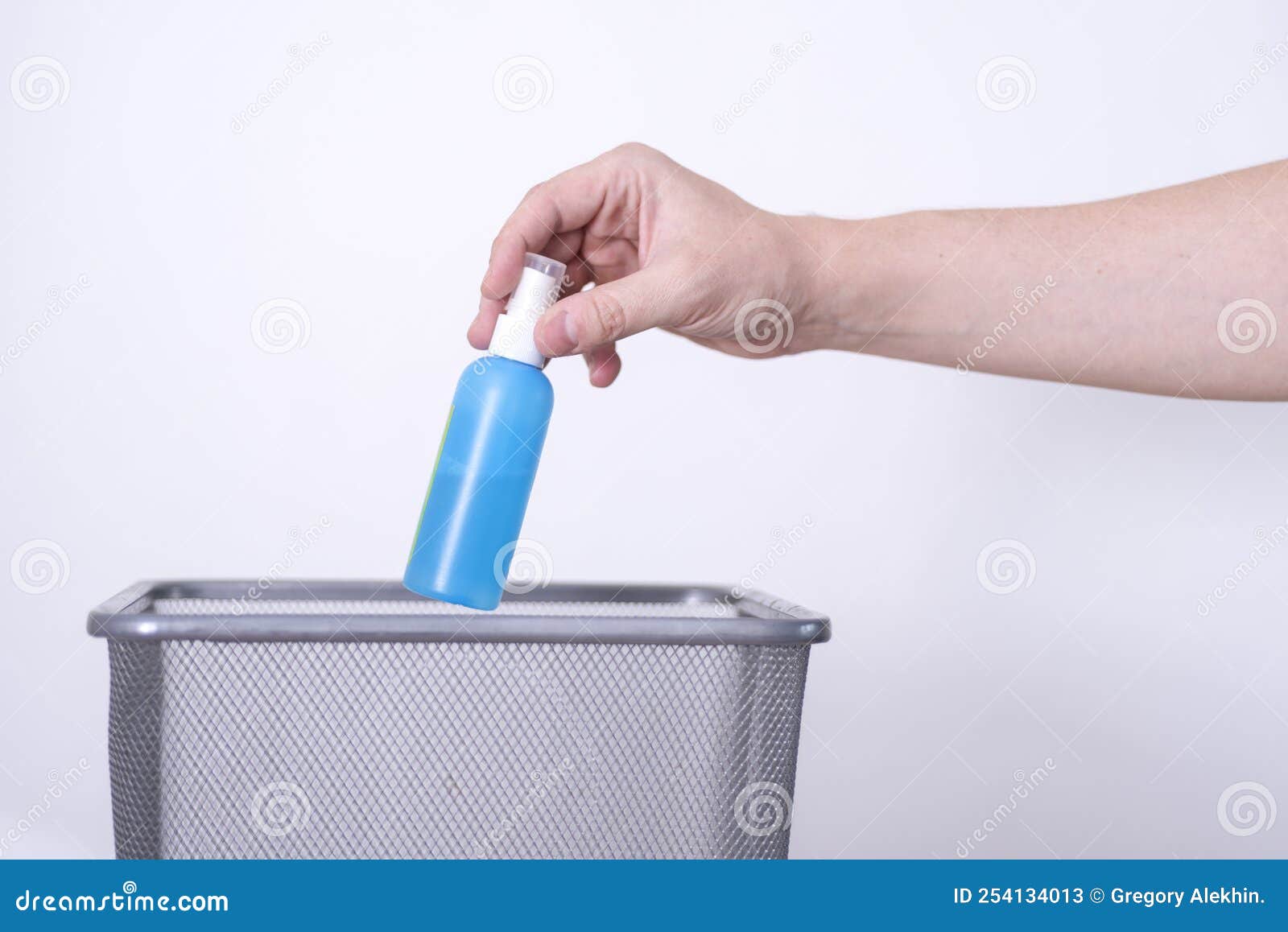

Researchers say this suggests most of the litter in Puget Sound is generated locally. Volunteers’ surveys showed that non-plastic items like metal, glass and cement are more common on Puget Sound beaches than on the outer coast. "Trained volunteers with COASST are able to go out and observe many locations with a frequency that just wouldn't be possible any other way," Willis said.īeach litter at Discovery Park in Seattle includes a plastic shotgun wad, pieces of glass (green), a metal bottle cap (right foreground) and a piece of brick (far right). Volunteers collect data year-round at distinct zones on each beach. The new paper uses observations of medium-sized refuse, between 1 and 20 inches (2.5 to 50 centimeters), from 2017 to 2021. In late 2015 the team added a group of volunteers focused on observing marine litter. The UW-based citizen science effort began in the 1990s to study seabirds. "Understanding how trash moves through the marine environment provides us with important clues to identify sources and implement strategies to prevent more trash escaping."Īll the data were collected by volunteers with the Coastal Observation and Seabird Survey Team, or COASST. "Thousands of volunteer hours allowed us to investigate what is driving the rubbish washing up on our beaches, and where it's ending up," said lead author Kathy Willis, a UW visiting scientist who is a postdoctoral researcher at the Commonwealth Scientific and Industrial Research Organization, or CSIRO, in Australia.


 0 kommentar(er)
0 kommentar(er)
